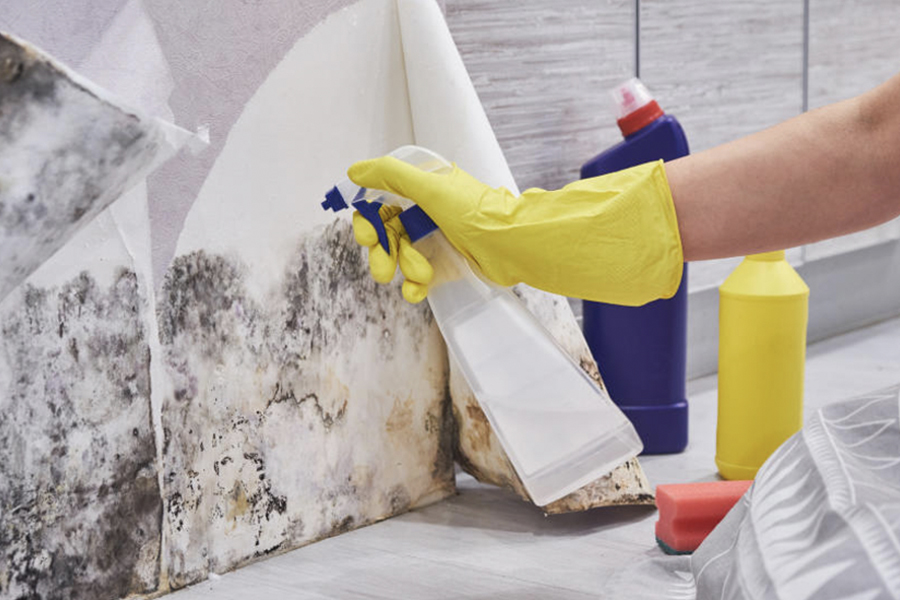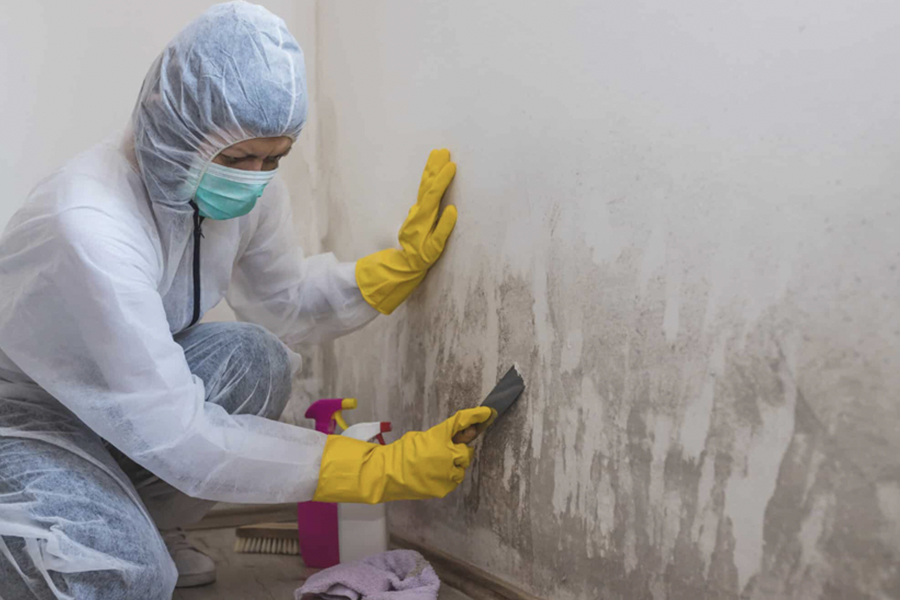
What Is Wall Mold, and How to Get Rid of It?
Toilet fungus and molds occur in places with high humidity, and we often do not know about their occurrence over time. Wall mold mainly occurs in places with no proper ventilation, and this can happen in addition to bathrooms that have a lot of moisture, under wet wallpapers, under carpets, or rugs in the bathroom. To address this issue, it is important to identify the source of moisture in the home and provide adequate ventilation where it is present.
A professional at a Toronto mold removal company explains that one of the risks of mold in the home is the potential for respiratory illnesses or skin allergies, which is brought on by the presence of toilet fungus and wall mold, in addition to the unpleasant smell brought on by moisture and non-absorbent walls.
What Are the Causes of Wall Mold?
Mold is a microscopic fungus that grows in places with high humidity. This toilet fungus reproduces by spreading gray, green, blue, or red spores, and this type of reproduction leads to their rapid spread within hours.
You may see these molds anywhere in the house, for example, the mold on the toilet wall, inside the coffee machine, under the sinks, etc. The main reason for their appearance is humidity and dark environments that do not have proper ventilation. Closed and dark places also cause wall mold that does not let fresh air in.
On the other hand, we should be aware that the cause of bathroom fungus and wall mold is an invisible spore that floats in the air. When a wet environment is produced, it grows and leaves behind mole spots. The floor, wall, and other surfaces look empty and discolored.
Solutions to Prevent Wall Mold and Eliminate Moisture
There are instances when a microscope is required to see bathroom fungus and wall mold. One of the health risks associated with mold in the home is this. Although there are various chemical treatments available on the market to combat this black-and-white bathroom fungus, it goes without saying that the best approach to combat mold and toilet fungus is to take the necessary actions yourself.
- Find the source of the mold growth.
- Measure the surface of the mold.
- Remove mold from the wall with equipment.
- Do not store wet clothes at home.
- Make a natural anti-mold spray, or use ready-made sprays.
- Throw away mold-infested appliances.
- Paint the moldy surface after cleaning.
- Eliminating mold-absorbing places
Industrial Solutions to Prevent Wall Mold and Its Cost
Some buildings experience the growth of wall mold due to poor plumbing, ineffective plumbing systems, damaged connections, damaged valves, or, occasionally, damaged bathroom fixtures. One of these solutions is using leak-proof adhesives that prevent pipes from leaking. And you don’t need to replace pipes; these adhesives are resistant to heat of 218 degrees Celsius.
In addition to using leak-proof adhesives, you can also use anti-fungal products in the bathroom, available in three categories: disinfectants and anti-fungal agents, anti-fungal paint, and anti-fungal plaster. High-quality alcohol is also used for this purpose but is not recommended due to its flammability and possible fire.


